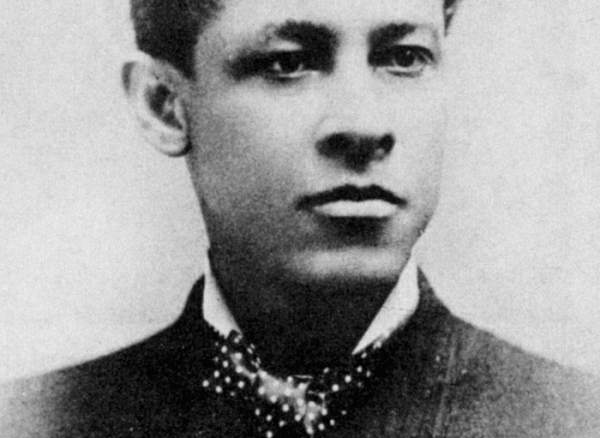
Matzeliger was born in Paramaribo (the capital city of then Dutch Guyana, now Suriname) on 15th September 1852. His father was a wealthy and well educated Dutch engineer of German descent living in Dutch Guyana and his mother was a Black Surinamese slave of African descent.
At the age of ten, Matzeliger was apprenticed in the machine shops run by his father, where Matzeliger developed an interest in machinery and mechanics. He had some interest in mechanics in his native country, but it was only after settling in Philadelphia, Pennsylvania at 19 after working as a sailor, Matzeliger, turned his interest of machinery and mechanics into a career once he began working in a machinery shop.
By 1877, he spoke English to an adequate level and had moved to moved to Massachusetts.
The World Changing Invention
In the early days of shoe making, shoes were made mainly by hand. For proper fit, the customer’s feet had to be duplicated in size and form by creating a stone or wooden mould called a “last” from which the shoes were sized and shaped.
Since the greatest difficulty in shoe making was the actual assembly of the soles to the upper shoe, it required great skill to tack and sew the two components together. It was thought that such intricate work could only be done by skilled, human hands. As a result, shoe lasters held great power over the shoe industry. They would hold work stoppages without regard for their fellow workers’ desires, resulting in long periods of unemployment for them.
After a while, he went to work in the Harney Brothers Shoes factory. At the time, no machine could attach the upper part of a shoe to the sole. This had to be done manually by a “hand laster”; a skilled one could produce 50 pairs in a ten-hour day.
After five years of work, Matzeliger obtained a patent for his invention in 1883. His machine could produce between 150 to 700 pairs of shoes a day, cutting shoe prices across the nation in half. He sacrificed his health working exhausting hours on his invention and not eating over long periods of time, he caught a cold which quickly developed into tuberculosis.
His early death in Lynn, Massachusetts from tuberculosis meant he never saw the full profit of his invention. He died at age 36 on August 24, 1889.
Jan Ernst Matzeliger’s invention was perhaps “the most important invention for New England.” His invention was “the greatest forward step in the shoe industry,” according to the church bulletin of The First Church of Christ (the same church that took him as a member) as part of a commemoration held in 1967 in his honour. Yet, because of the colour of his skin, he was not mentioned in the history books until recently.
In recognition of his accomplishment, he was honoured on a U.S. postage stamp on September 15, 1991.
Jan Ernst Matzeliger’s Patents
274,207, 3/20/1883, Automatic method for lasting shoe
421,954, 2/25/1890, Nailing machine
423,937, 3/25/1890, Tack separating and distributing mechanism
459,899, 9/22/1891, Lasting machine
415,726, 11/26/1899, Mechanism for distributing tacks, nails, etc.
467,840, 7/24/1891, The second advanced lasting shoe machine
